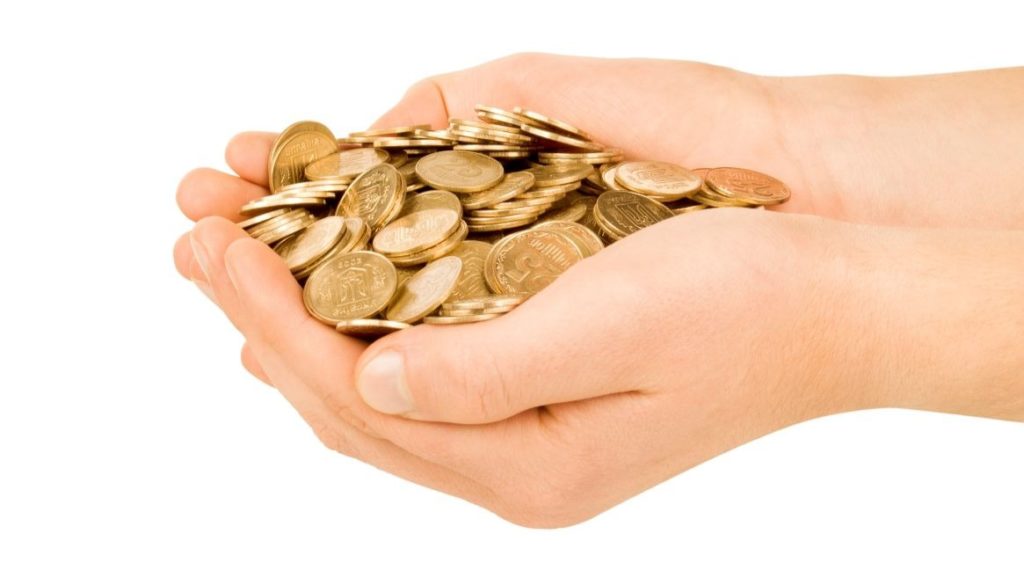Using money to practice the skill of impulse control
One of the life skills I want to teach my children is to control their impulses and everyday money decisions provide ample situations to practice. I want to empower my children to live consciously and free from marketing schemes and buyers remorse.
Skills that can be taught using everyday finances as examples
Skills can be learnt and they have real life value for you. Money is an excellent arena, to use as a teaching platform, which contribute to other areas in your children’s lives. For example I want to teach my daughters to be responsible and also to have the ability to plan and set goals. See below for some ideas in each skillset area.
Behaving responsibly:
- Using an allowance from an early age and helping them reason about what to spend it on so that there will be enough left for other things they want
- Keeping a piggy bank with a formal cashbook to note down any deposit or withdrawal
- Talking about the importance of always knowing where your credit card is and keeping the information secret. Never loan it to someone or give your information away to someone on the internet
The ability to plan and set goals:
- When your children encounter something that they’d really like to spend money on you’ve got a golden opportunity to teach them about goal setting and planning. Help them create a plan including how much they “earn” in allowance and how long it will take them to get to the goal.
- Set up a container that can be put somewhere visible and celebrate every deposit towards the goal.
- Break the plan down into midterm goals and make them visual – maybe an estimated half way line on the container?
- If your child is older you might brainstorm on how to impact the plan in terms of more income or less expenses. Maybe you can break the plan down into milestones like; looking for a temporary part time job, getting an interview and earning the first pay.
Teaching impulse control
Another important life skill is mastering your short term pleasure seeking gene and your brain with its inherent impulses. Learning the skill of impulse control could benefit you in so many areas in life such as sticking to eating food that is good for you, stopping yourself from vomiting angry words at your friends when you’re upset or to finish running that mile although it would feel so good to cut this session short.

I’ve used a special homemade piggy bank to teach ad practice impulse control. My children each have a piggy bank in the form of a tower of three boxes. The titles on the boxes reads; Save, Give away and My money.
When the girls get their allowance, or a gift of money from someone, they get to distribute the money into the three boxes. They decide how much money to put in each box. There are different rules for each box. Money put in the Give away box is used to buy gifts or to give to someone who needs help. The money in My money box can be used for whatever purpose, at any time.
The money that is invested into the Save box is different. I’ve made a deal to make that money grow. Any amount saved, and logged in the cashbook, for the year I will reward at New years eve.
I want to teach them to stop and think before spending money on impulse. To consider how important the thing really is, especially if you just now saw it in the store and didn’t even know such a thing existed before. What do I think I will get from owning this thing? How often, at what times and where will I use it?
Withdrawals need a cooling off period
We have a special rule regarding withdrawals from the Save box. If/when they find something that they can’t afford and they consider using the Savings in the Save Box we have a “cooling period” of a month. We write down in our calendar, the store and the price of the thing they want to buy, and set an alarm for one month. If they still want to spend the money when the cooling off month is up they’re absolutely free to do so.
So far it’s happened once that one of my girls has stuck to her desire to buy the thing she wanted. The decision was a good one, she’s played with that particular toy for hours and hours. She was completely committed to the investment, going in with her eyes open, and she never regretted it.
This idea started some years ago when my eldest was 9 and my youngest had just turned 7. At that time, to make things simple, I promised them to “double whatever they’d saved”. My nine year old caught on to the idea. She put most of her money in the Save box to ensure a good return. My seven year old didn’t at first.
When New years came I went to the bank and withdrew the amounts in Swedish 10 kronor coins – they’re golden in color. I asked my oldest to hold out her hands and I let her coins rain down into her hands. The money overflowed on the kitchen table, she felt rich! 🙂 My youngest hadn’t saved as much and so got a lesser rainfall, much to her dismay. But guess what happened all year long after that? Yep, pretty much every penny went into the Save box.
You’re the most important teacher
As with every skill in life, the way you act will teach your children more than any theoretical idea. Do you, like me, want to teach them skills like to be responsible, to express a dream goal and make plans for achieving it and impulse control? What would be different if you implemented those skills in your own life?




